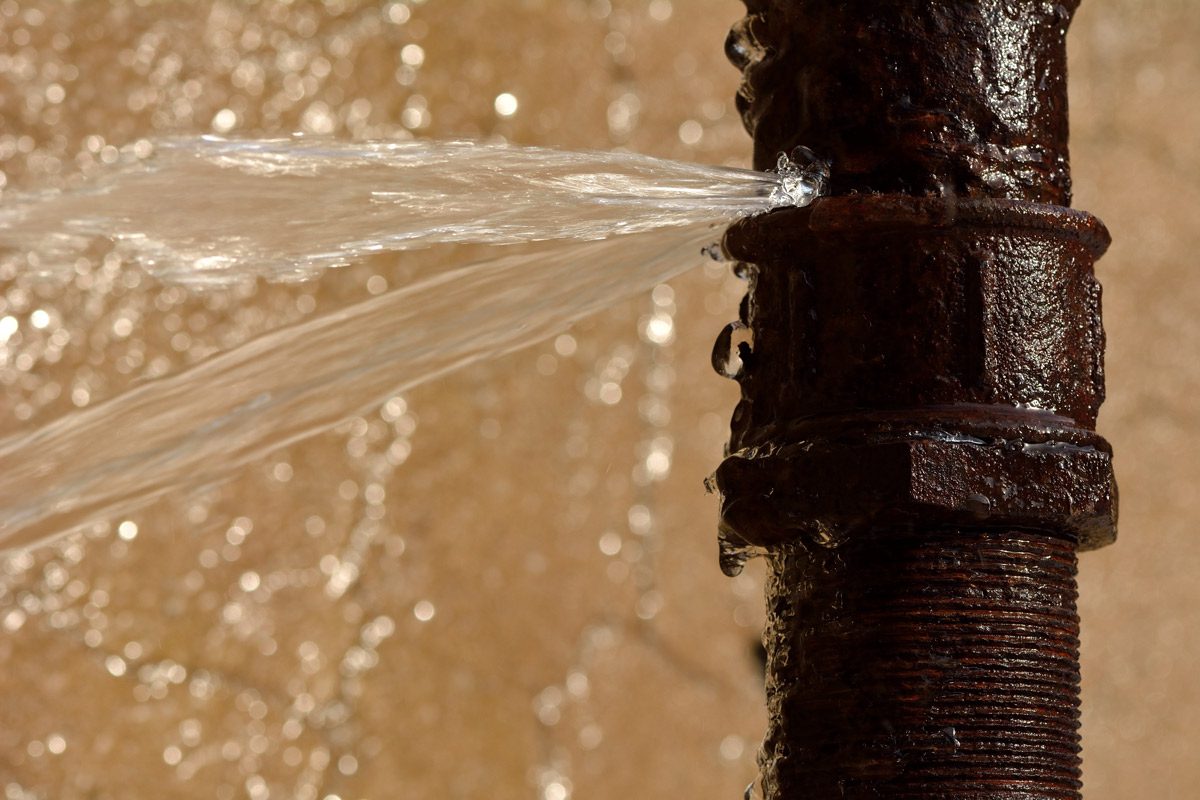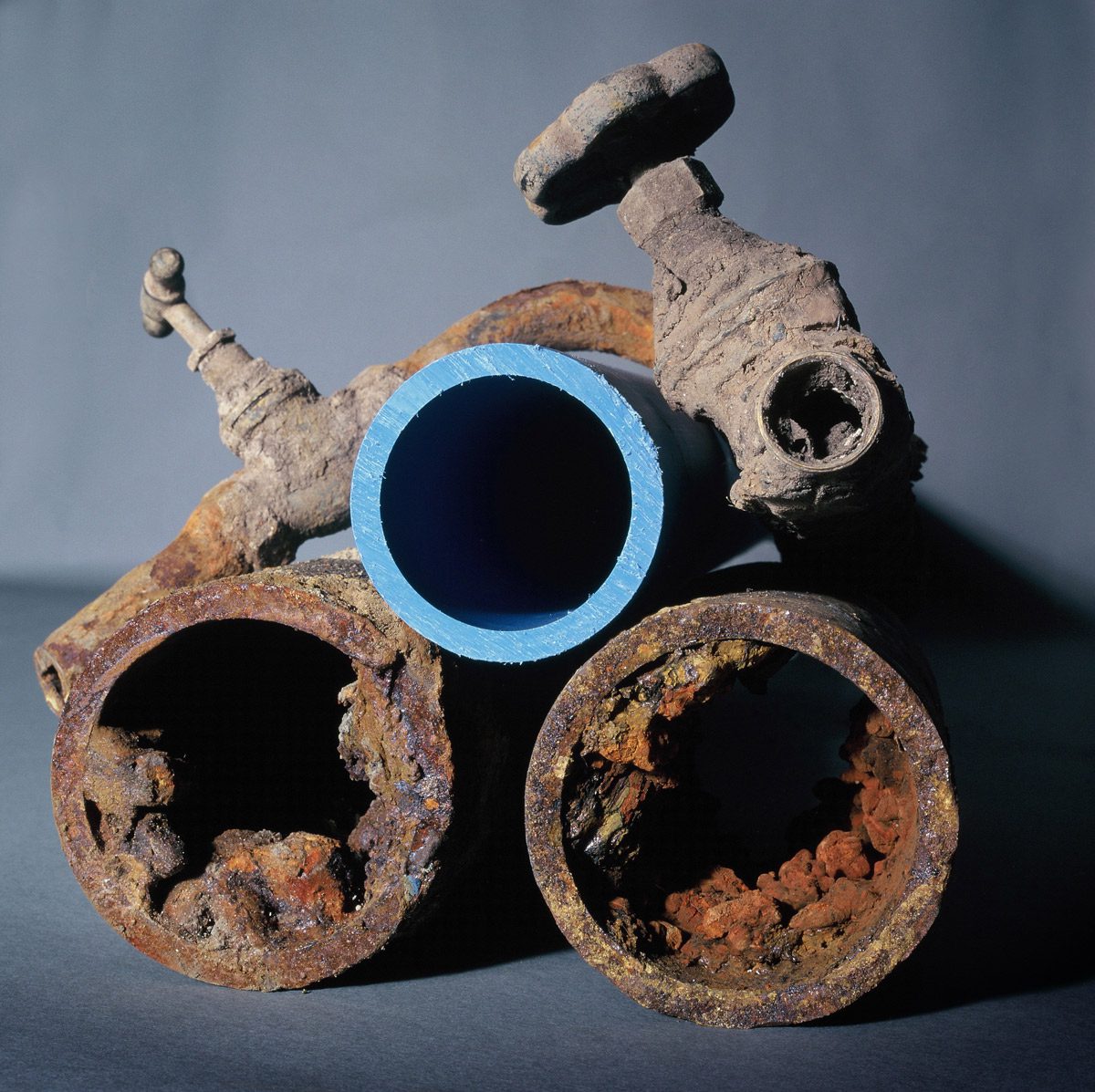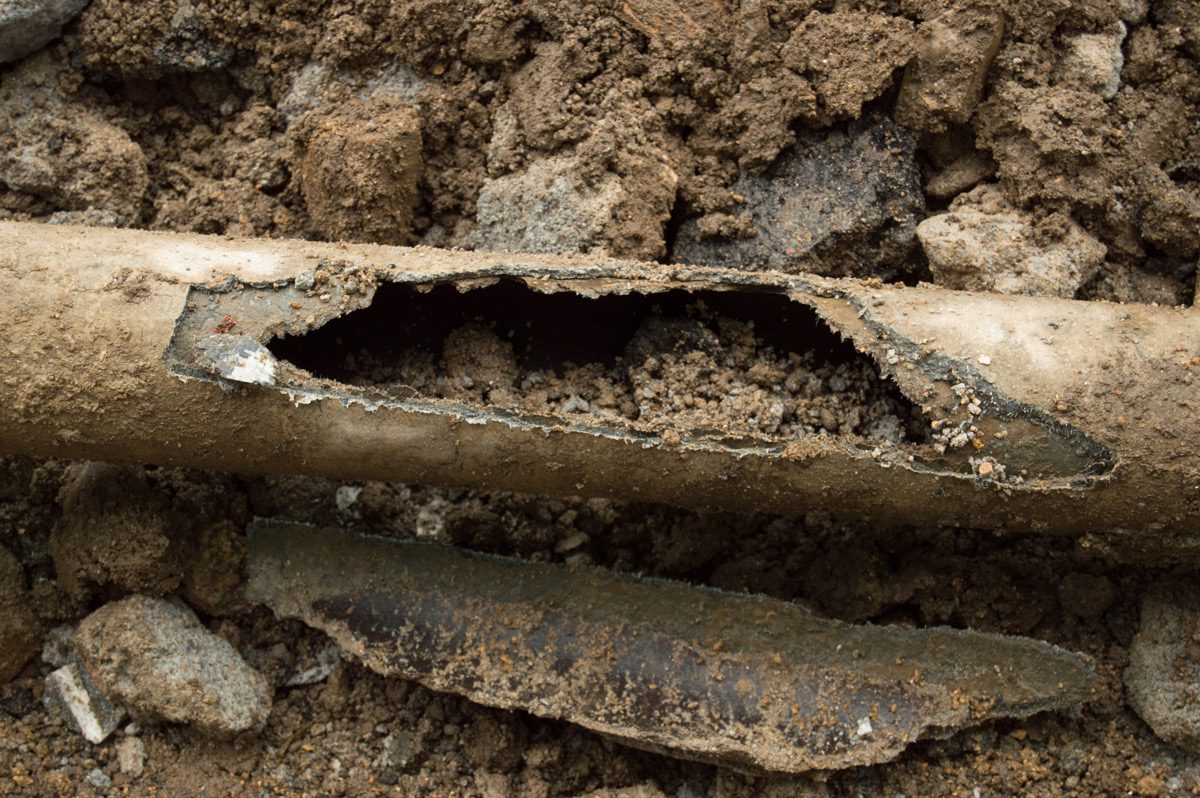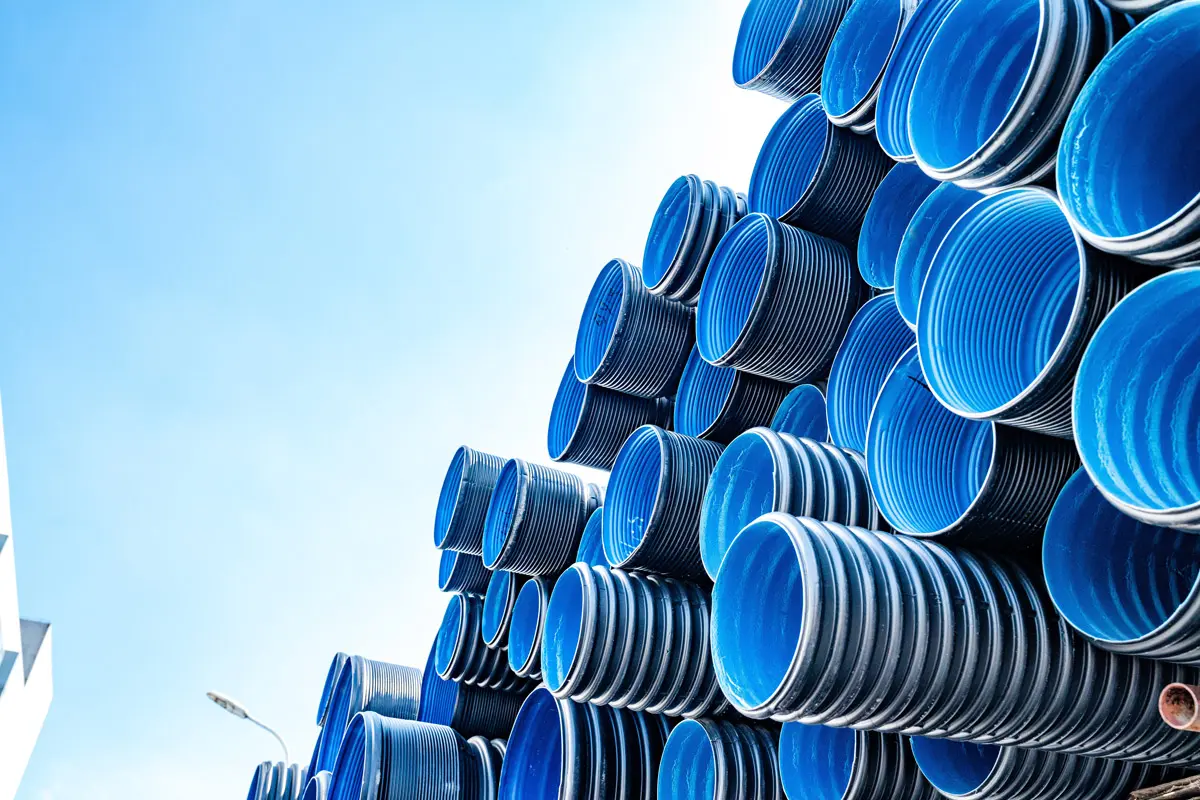The water from your faucet arrives after a lengthy trip. A winding network of pipes guides your water from the local reservoir to your home or business.
So… what happens when that network of pipes reaches its retirement age and needs to be replaced?
The Urgent Need for Water Pipe Replacement in the U.S.
America’s water infrastructure has entered the “Replacement Era,” according to the American Water Works Association (AWWA).
Philadelphia still uses water main pipes installed before the Civil War.
Many parts of our nation’s water pipe systems no longer reliably function as intended. The American Society of Civil Engineers (ASCE) gives our drinking water infrastructure a C- grade. And our wastewater infrastructure gets a D-.
What do those lousy grades reflect?
- Contaminated drinking water caused by aged, corroded pipes.
- Water quality alerts.
- Delayed commutes due to water main breaks.
Wasted, lost, squandered…
- 58 million gallons of water lost every year due to pipe failures.
- 1.4 billion gallons lost to small leaks annually.
- Along with all the wasted $$.
While estimates for replacing water systems vary, the U.S. Environmental Protection Agency (EPA) determined that “drinking water systems will need $625 billion for pipe replacement… and other key assets…” And that’s just for drinking water.
So… our water pipes need to be replaced. With what?
The same materials that led to this deteriorating situation?
Nah – we can do better.
We Need Resilient, Durable Materials for Long-lasting Pipes
As we invest tax dollars in upgrading our nation’s infrastructure, we should use more resilient, durable materials.
A recent study by the clean energy consulting firm CADEO discovered myriad potential benefits to our water systems –- plus our environment and bottom line – by replacing existing pipes with modern materials.
All the following info courtesy of CADEO. Further details and sources can be found here.

Burst Failures
More than 58 million gallons of drinking water are lost due to pipe burst failures each year in the U.S. Plastic pipe break rates are typically 2X lower than ductile iron and 10X lower than cast iron alternatives.
Background Leakage
More than 1.4 billion gallons of drinking water are lost due to small leaks at joints each year in the U.S. Plastic pipes are designed and tested to help provide leak-tight service for the life of the pipe.
Corrosion and Chemical Resistance
Plastic pipes are corrosion and chemical resistant, so there is no need for additional protective coatings in corrosive soils.

Friction Losses
Plastic pipes are resistant to internal corrosion, so they can avoid the use of liners to maintain water quality and flow. Pumping energy requirements for plastic pipes have been found to be 40% less than ductile iron pipes even after 30 years in service.
Cradle-to-Installation Savings
Plastic pipes typically have lower cradle-to-installation costs, energy demands and greenhouse gas emissions linked to manufacturing, transportation and installation, in contrast to alternative metal pipe options. Savings are based on comparing plastic pipe life-cycle values to ductile iron pipe life-cycle values.
- Cost savings: 30–50%
- Embodied carbon savings: 20–40%*
Operational $$ Savings
Plastic pipes have demonstrated lower operational costs, energy/water demands and greenhouse gas emissions from burst failures, background leakage and frictional losses than alternatives. The values below assume all non-plastic drinking water piping in the U.S. is replaced with plastic pipe infrastructure:
- Water savings per year: 1,481 billion gallons
- Energy savings per year: Equal to energy use of 880,000 American homes
- Carbon savings per year: Equal to carbon emissions of814,000 gas-powered cars
- Cost savings per year: $1.4 billion
Safety of New Water Pipe Materials
Both predominate types of plastic pipes (HDPE and PVC) are listed to National Safety Foundation (NSF) Standard 61, enabling installation in a potable water system intended for public use or consumption.
Earthquake Resiliency
Plastic pipes can provide earthquake resistance, important for many Western regions.

Improved resilience, reliability, durability, sustainability and affordability.
America’s water infrastructure is due for a serious upgrade. Let’s make better choices for the future.
More info on upgrading our nation’s water infrastructure here.
*Embodied carbon refers to greenhouse gas emissions resulting from making a product (from raw materials extraction, manufacturing energy, transportation to the job site, etc.). It’s a commonly used measure of a product’s global warming potential.

